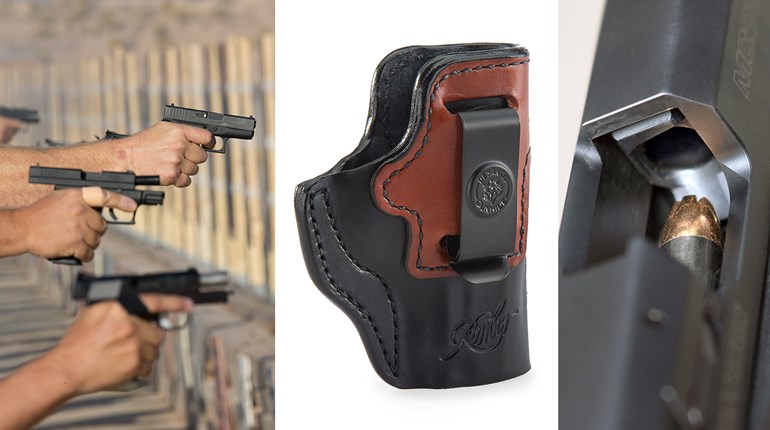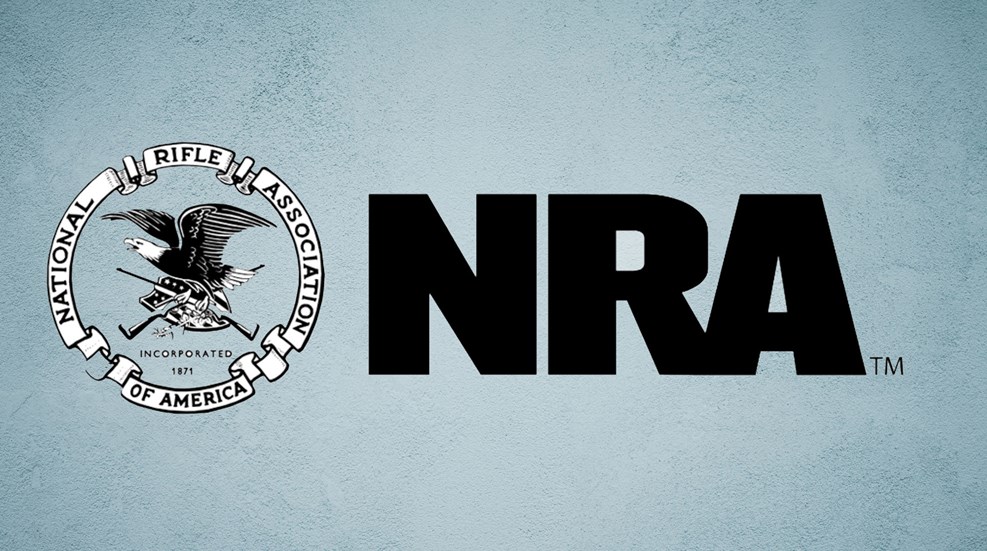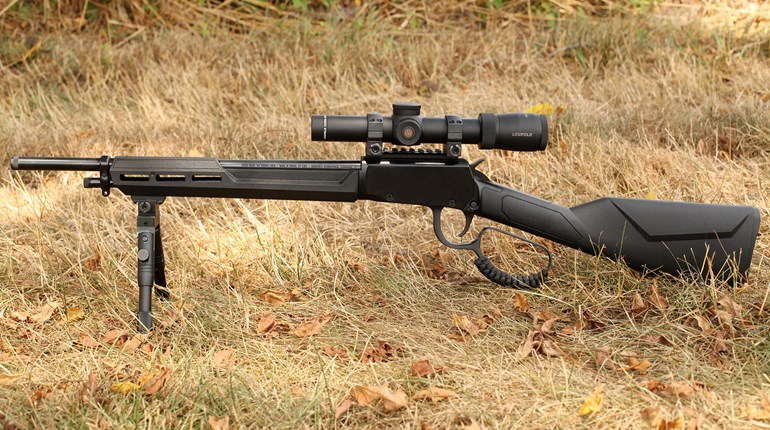
When it comes to shotguns, whether you’re a casual shooter or serious competitor, there’s always something to learn! In my quest to excel, I’ve attended seminars and training all over America. Here’s some of the best advice I’ve garnered in my decades as an outdoor writer.
1. The Shotgun & Mounting
Obviously there is no magic gun that will transform a poor shot into a good shot. However, a poorly fitting shotgun can seriously handicap even a good shot. Although fit is important with all firearms, it is especially important with the shotgun. Unlike a rifle or pistol, a shotgun doesn’t have a rear sight, per se. Therefore, the shooter’s eye must serve as the gun’s rear sight, which enhances the shooter’s sight picture. What can contribute to misses is inconsistent mounting.
2. A Practical Approach
Obviously, the best way to evaluate shotgun fit is by assessing its performance. Ultimately, the easiest way to check for a gun’s fit is at a patterning board. To do this, you need merely place an aiming point at the center. Then shoot approximately five times, remounting the gun for every shot and firing as rapidly as possible. Do not, however, take the time to aim—here’s why: Aiming will allow the shooter to unconsciously compensate for any improper fitting of the stock. Pros Gil and Vicki Ash repeatedly stressed this in their OSP Shooting School with this wake-up statement: If you can’t hit a stationary target, how do you expect to hit one that’s moving?
3. What Kind of Shotgun?
As various firearms fit a shooter differently, diverse shotguns will also fit a shooters’ situation differently. When it comes to the diverse target shooting sports such as Trap and Sporting Clays, many believe the over/under is best. Then we have the side-by-side, which is generally regarded as the ideal choice for flushing birds. (Personally, this type has never felt comfortable, so I stick with the O/U.) Then others regard pump shotguns, particularly because of their ruggedness, as the best choice for hunting. As another example, many shooters will ultimately shoot better with a semi-auto, thanks to its decreased recoil. Overall, it’s all a matter of choosing the right gun for you and your intended application.
4. You’ll Never Shoot Better than Your Mount or Swing
Even if the gun fits properly, the shooter needs to mount it correctly and swing smoothly. While this is best honed with practice, practicing the same mistake over and over will make it worse. This is where proper instruction is critical. Many American shooters are reluctant to get shotgun instruction, because they think they just need more practice. That’s a mistake—professional and Olympic athletes regularly rely on coaching.
6. Rifle vs. Shotgun
Generally, most of us learned to shoot with a .22 rimfire rifle. A shotgun, however, is intended for shooting fast-moving targets at close range. Not surprisingly, it should be grasped differently than a rifle to allow for easy and unrestricted movement. A rifle is usually grasped at the fore-end with the shooter’s thumb opposing the grip of the four fingers. Unfortunately, many shooters grasp a shotgun the same way! It should be grasped with the index finger extended along the fore-end on the same side as the thumb with the index finger opposite the grip of the remaining three fingers.
To fully appreciate the difference, try this: Extend your index finger and point to a distant object. With your arm and index finger in this position, draw as large a circle as possible. Now reposition your index finger as if grabbing a rifle. With your wrist in this new position, again try and draw as large a circle as possible. Note that the size of the circle is significantly reduced! This is because flexing the wrist has reduced the range of motion about the wrist joint. Similarly, the wrist of the trigger hand should remain in a relatively neutral position. The deceased range of motion of either wrist will obviously inhibit your ability to swing a shotgun. In addition to maximizing a shooter’s range of motion, proper mounting of the gun will also help the shooter to maintain correct position and balance.
7. Foot Position
Your feet should be moderately well apart, with the bulk of your body weight on the front foot, and you should be leaning into the shotgun as you mount the gun. Any deviation from this position of the hands or feet will restrict the shooter’s swing. While this will be compensated for by the motion of the shooter’s body, this is far from ideal. It could cause the shooter to unconsciously pull the gun off the target.
8. Gun Mounting & Swinging
While we may think we know how to mount and swing properly, knowing how to do so, and actually doing it are two different things. This is another area where coaching is beneficial! There is, however, a substitute. While attending a shooting seminar with lessons from Vicky and Gil Ash, I learned an ingenious exercise for perfecting the mounting and swinging of a shotgun. Here's how it works:
First, make sure the gun is unloaded! Then check it again. Then you can place a thin flashlight, such as a Mini Maglite, in the muzzle of the barrel. In a darkened room, repeatedly mount the gun as if aiming at the corner of both walls, and the ceiling with the beam of the flashlight. You will see that you can note exactly where the gun is pointing, as opposed to where you think it is aiming. Remember, however, to rapidly mount the gun as if aiming at the corner rather than relying on the position of the light to assist you in its mounting.
As an added exercise to improve your swing, repeat this exercise—only this time, while aiming at the corner, continue to swing the gun along the juncture of the wall and ceiling, picking an imaginary break point along the way. Repeat this in a left-to-right as well as a right-to-left direction, since targets and birds fly both ways.
9. Target Concentration
Another way to increase your score is to improve your concentration on the target. Many novice shooters are obsessed with, and distracted by, trying to determining the proper lead in clays. Yet, the size of the shotgun pattern makes concentrating on the amount of lead superfluous. A properly choked shotgun throws a pattern of at least 30 inches! Due to that, there is little need to worry about an extra 6 or even 12 inches of lead on most clay targets. It is more important to forget about the lead and concentrate on the target and aim ahead.
The shooter needs to maintain near complete concentration on it, with only a peripheral awareness of the gun’s position. To best understand this, let’s go back to the exercise of pointing to a distant object with your index finger extended. Although you are concentrating on the distant object, unaware of the position of your arm, your arm is instinctively and accurately aligned to the target. The same applies to a properly pointed shotgun. The eye is naturally drawn to movement, and the faster it is, the more apt the movement is to catch the shooter’s eye. This results in a subconscious tendency to focus on the front bead of the shotgun rather than on the target. This is important since most misses aren’t really a problem with improper lead, but are actually caused by a lack of focus on the target. Such tips are why a course and even instructional videos can be helpful. Safe Shooting!






































